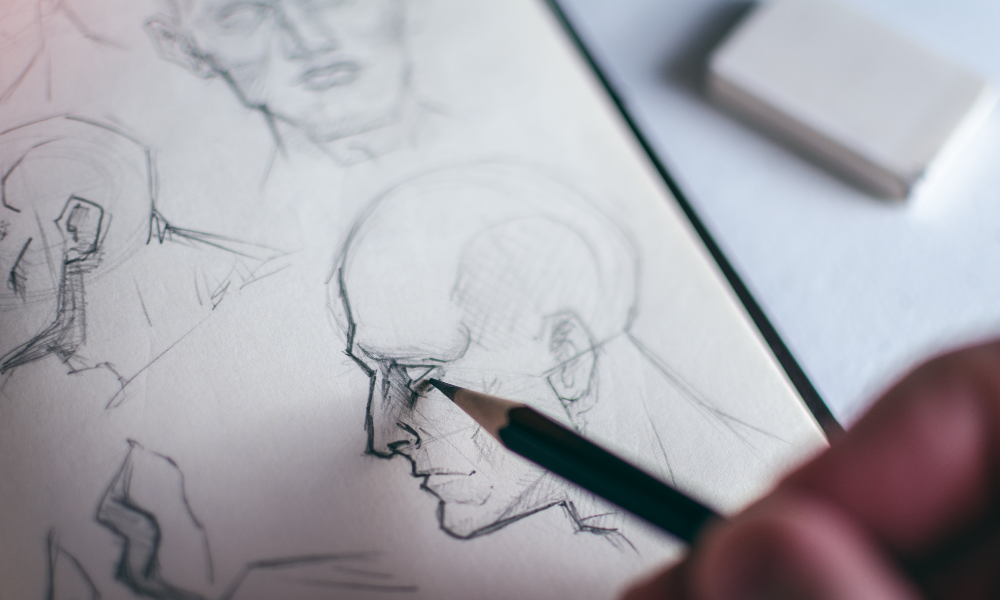Artists with many years of experience often impress onlookers with how swiftly they can render an image on paper or canvas. What’s even more impressive is the precision that accompanies their speed. Many people mistakenly attribute this ability to innate talent rather than honed skills.
In reality, anyone can learn to draw quickly, but speed without precision defeats the purpose. Therefore, it’s important to aim for both quickness and accuracy in drawing.
The good news is that understanding a few key “secrets” can significantly enhance your drawing abilities, and paradoxically, boost your accuracy too. These principles do require practice, but by keeping them in mind as you work, you will observe a marked improvement in both your drawing speed and accuracy.
Tip #1 – Identify and Draw Basic Shapes
Many people begin drawing by focusing on contour lines or the outlines of an object, a method that feels almost instinctive since we’ve been using lines to draw since we first picked up a pencil. While this technique is important, it can also be slow and meticulous. Capturing every small change in a line’s direction with precision can make the drawing process excruciatingly slow. However, if we think of objects in terms of basic shapes, the drawing process becomes simpler and faster, resulting in more accurate drawings.
Visually, every object can be deconstructed into simple shapes. By combining these basic shapes, even intricate objects can be sketched relatively quickly. Consider, for instance, a spray bottle. Although it may not seem like the most thrilling subject, it does include several shapes that might be tricky. By breaking the bottle down into straightforward segments or shapes, the drawing process becomes easier and quicker.
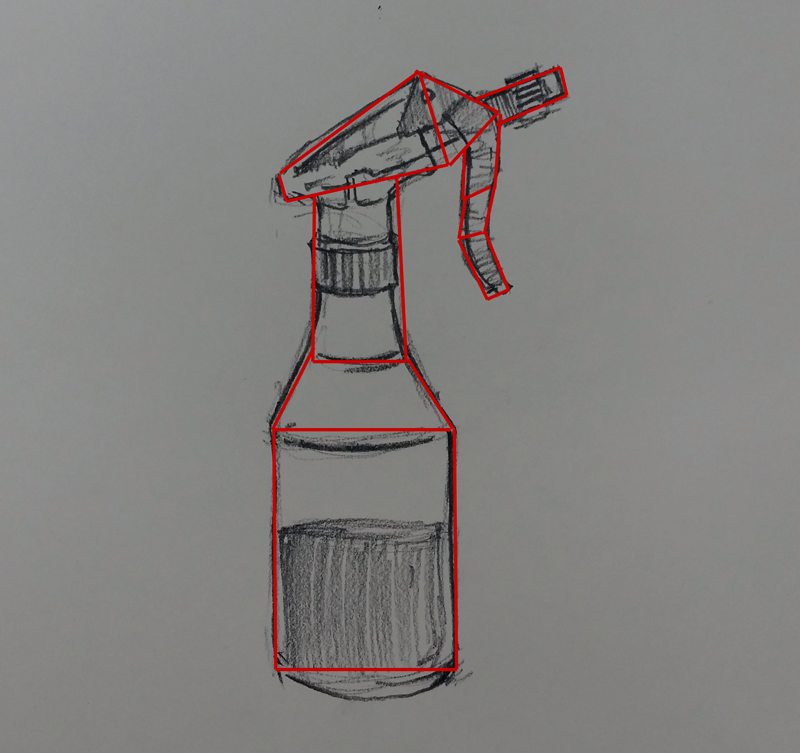
Tip #2 – Compare Spatial Relationships within the Picture Plane
To enhance your drawing speed, another effective technique is to compare and assess the spatial relationships within the picture plane. This process is simpler if you’re working from a photo reference that has already been cropped to fit your drawing’s composition. When drawing from life, however, identifying these relationships becomes more challenging. A viewfinder can assist in making these crucial comparisons, but without one, it can be nearly impossible.
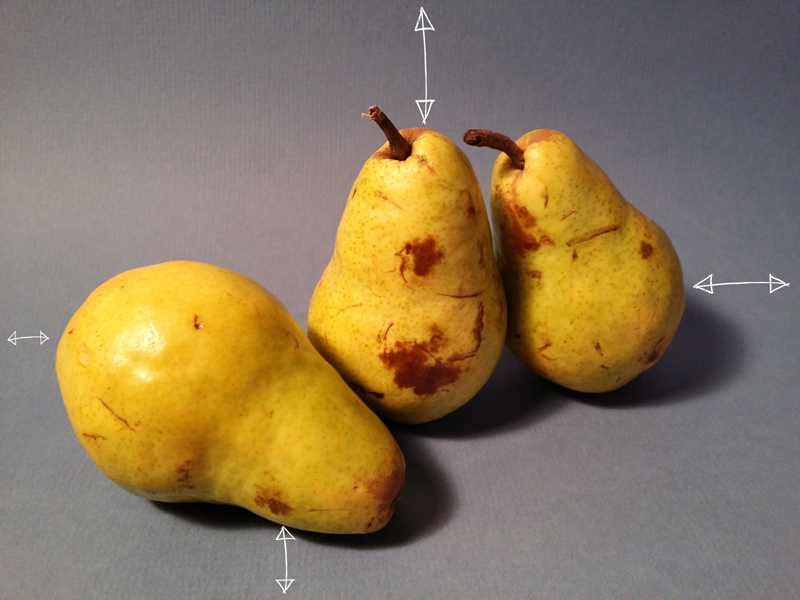
This technique is particularly useful for establishing the initial layout of your composition. The key is to observe the negative spaces between the positive elements and align them with your reference. If you accurately capture this information, you can quickly and precisely lay out your composition with your initial marks.
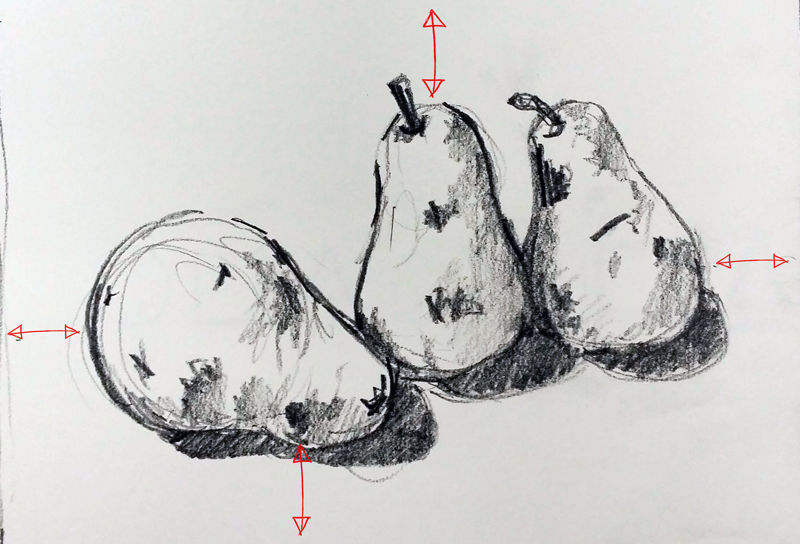
Tip #3 – Use Your Whole Arm to Draw
Another method to boost your drawing speed involves changing the physical way you make marks on the surface. It’s natural to draw in the same way we write, as we’ve been taught to hold a pencil for writing.
When writing, we primarily use our wrists and fingers, which provides the control needed for forming letters. However, for drawing, we can afford to be more relaxed and less precise with our marks, using broader movements.

Tip #4 – Use a Different Medium
If you want to draw faster, choose a medium that supports speed.
For instance, creating a drawing with colored pencils will take longer than using pastels for the same sized piece. The medium’s characteristics affect how quickly you can complete a drawing. Colored pencils require more time to cover large areas since they are sharpened to a fine point. In contrast, pastels can be spread rapidly. However, there’s a trade-off: colored pencils allow for greater detail in drawings compared to pastels.
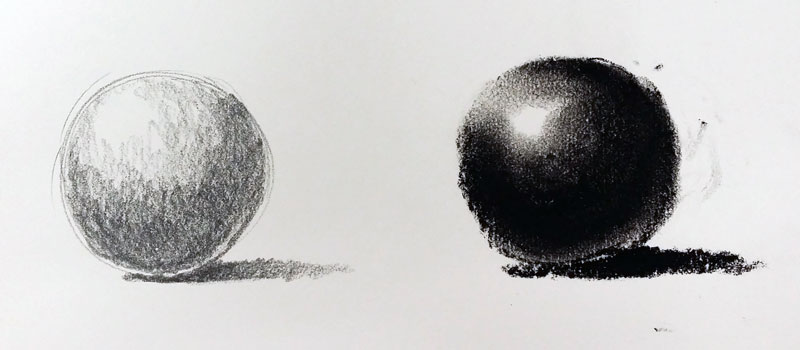
This is another reason why charcoal is a popular medium for figure drawing from life. It allows for quick application of information on the surface. Values and lighting can be established rapidly, enabling the creation of complete drawings in a shorter time frame.
Tip #5 – Simplify by Omitting Details
Not every observed detail needs to be included, especially when speed is a priority. Simplifying parts of an image into basic values, lines, and shapes can often enhance its aesthetic appeal.
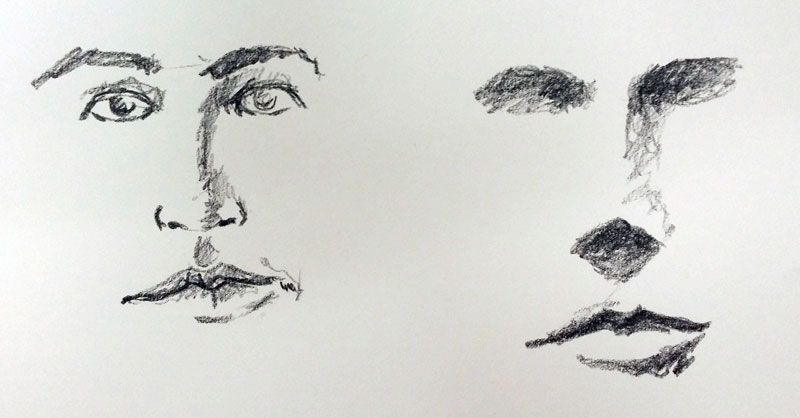
Focusing too much on details can slow you down, especially if you become fixated on perceived mistakes, which can cause your work to stall. Obsessing over details can also make the finished drawing look stiff or unnatural—if it gets finished at all.
What You Can Do Right Now
Improving your drawing speed requires both knowledge and practice. Speed increases by practicing drawing with shapes, understanding spatial relationships, using larger muscle groups, choosing the right medium, and omitting unnecessary details.
Start enhancing your drawing speed (and accuracy) by applying these concepts to draw a variety of subjects. You’ll see improvement in your work.

